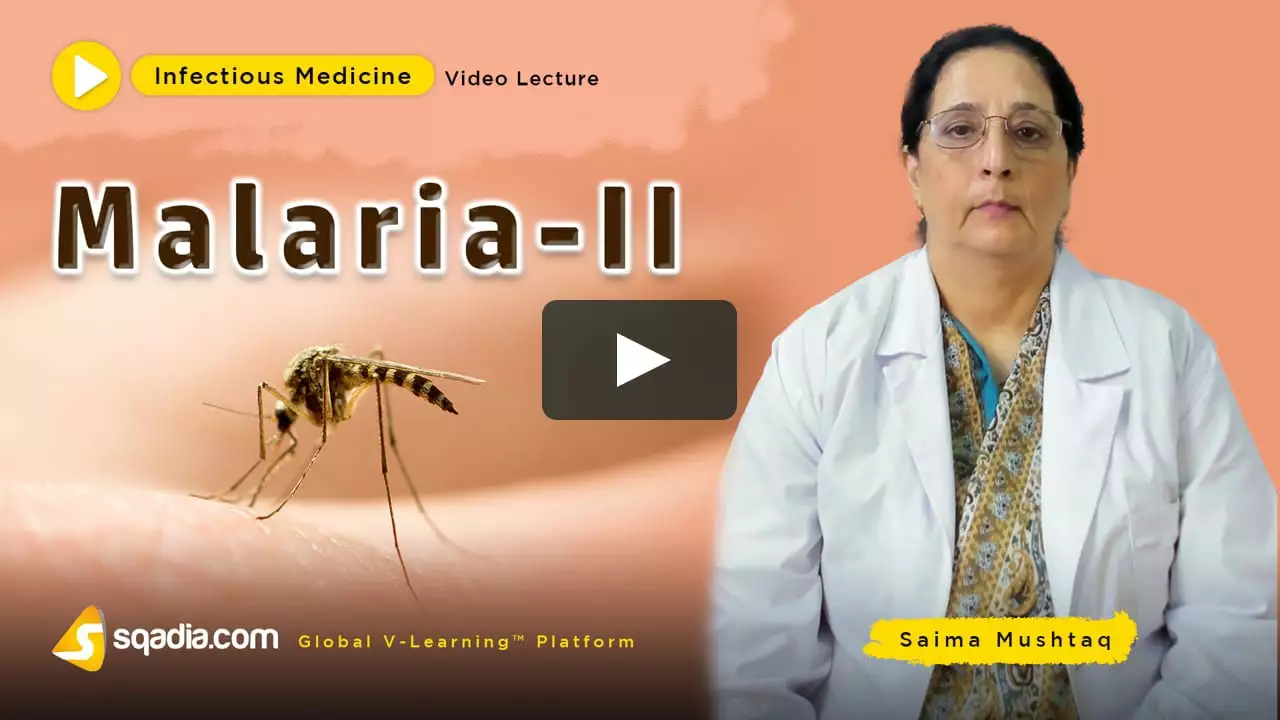As a blogger, I recently came across the topic of Primaquine and its potential impact on global health. Primaquine is an antimalarial drug that has been around since the 1950s, and it's showing promising results in combating malaria, a disease that still affects millions worldwide. The drug not only treats the symptoms but also targets the dormant liver stages of the malaria parasite, preventing future relapses. Its potential impact on global health is significant, as it could ultimately save countless lives by reducing the prevalence of malaria. I believe it's crucial that we continue researching and promoting the usage of Primaquine to combat this deadly disease.
Primaquine: What It Does, Who Needs It, and Safety Tips
Primaquine is a powerful anti-malarial many travelers and clinicians mention but few use without care. It’s the go-to drug for killing dormant liver stages of Plasmodium vivax and P. ovale, and a single low dose helps stop P. falciparum transmission by clearing gametocytes. That sounds simple, but the safety rules make the difference between effective treatment and serious harm.
Who should take primaquine?
If your doctor says you had P. vivax or P. ovale, primaquine often follows the initial blood-stage treatment to prevent relapse. Typical radical-cure regimens last 14 days with daily dosing, though some countries offer single-dose or weekly options depending on local protocols. For P. falciparum, a single low dose is sometimes added to reduce spread in communities during outbreaks.
Not everyone is a candidate. People with glucose-6-phosphate dehydrogenase (G6PD) deficiency risk severe red blood cell breakdown (hemolysis) when they take primaquine. That’s why a reliable G6PD test before starting treatment is essential. Pregnant people should not take primaquine because the fetus’s G6PD status is unknown, and breastfeeding mothers should check the infant’s age and health first.
Safety tips & side effects
Get a G6PD test before you start—no exceptions. If the test shows deficiency, your doctor will choose a different plan. Watch for dark urine, sudden fatigue, or rapid heartbeat during treatment; those are red flags for hemolysis and need immediate medical attention.
Common side effects are mild: nausea, stomach upset, and headaches. Less common but serious issues include hemolytic anemia and methemoglobinemia, which can cause shortness of breath or a bluish skin tint. People with known liver problems or who take multiple medicines should tell their clinician—drug interactions and metabolism differences (CYP2D6 activity affects primaquine activation) can change how well it works or raise risks.
Practical tips: take primaquine with food to cut nausea, finish the full course even if you feel fine, and carry documentation of your G6PD status when traveling in malaria areas. If you’re a slow metabolizer of some drugs or on strong enzyme inhibitors, mention that—your doctor may adjust choices or monitoring.
Alternatives exist. Tafenoquine is a newer single-dose option for radical cure but also needs G6PD testing and has its own rules. For those who can’t take primaquine or tafenoquine, doctors may use prolonged blood-stage suppression and close follow-up to manage relapse risk.
Bottom line: primaquine works well against relapsing malaria and helps stop transmission, but it’s a medicine you can’t take on a whim. Test for G6PD, follow dosing instructions, and stay alert for symptoms that need urgent care. When used correctly, it prevents repeated malaria attacks for months or years after treatment.

